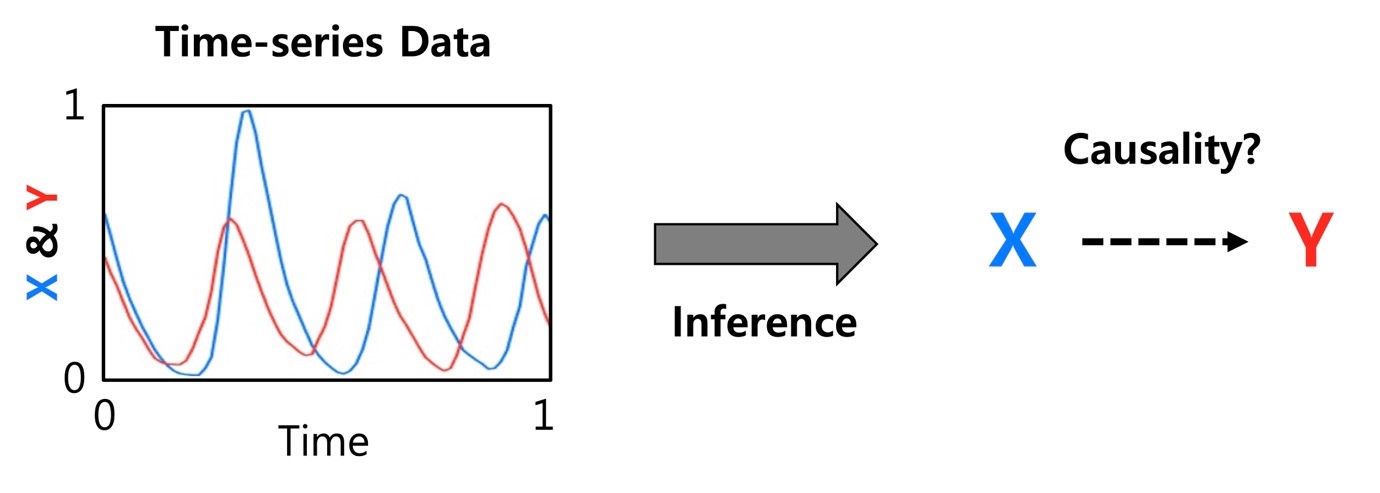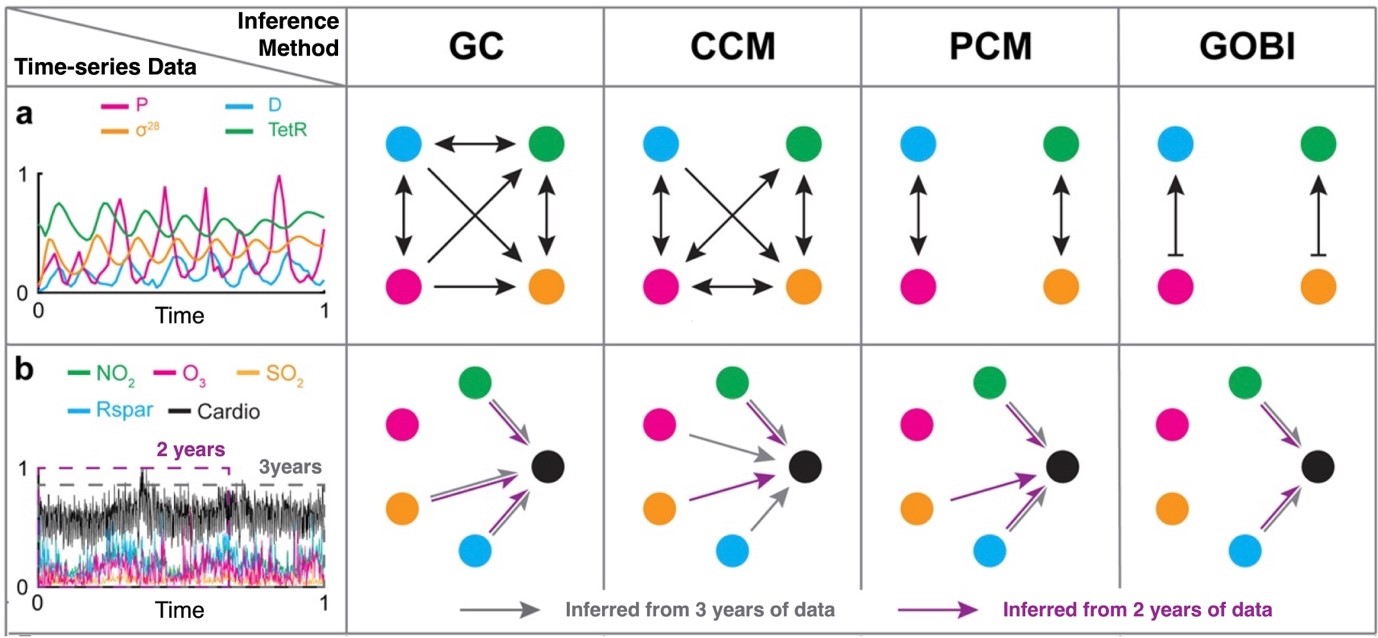주메뉴
- About IBS 연구원소개
-
Research Centers
연구단소개
- Research Outcomes
- Mathematics
- Physics
- Center for Theoretical Physics of the Universe(Particle Theory and Cosmology Group)
- Center for Theoretical Physics of the Universe(Cosmology, Gravity and Astroparticle Physics Group)
- Center for Exotic Nuclear Studies
- Center for Artificial Low Dimensional Electronic Systems
- Center for Underground Physics
- Center for Axion and Precision Physics Research
- Center for Theoretical Physics of Complex Systems
- Center for Quantum Nanoscience
- Center for Van der Waals Quantum Solids
- Chemistry
- Life Sciences
- Earth Science
- Interdisciplinary
- Center for Neuroscience Imaging Research(Neuro Technology Group)
- Center for Neuroscience Imaging Research(Cognitive and Computational Neuroscience Group)
- Center for Algorithmic and Robotized Synthesis
- Center for Genome Engineering
- Center for Nanomedicine
- Center for Biomolecular and Cellular Structure
- Center for 2D Quantum Heterostructures
- Center for Quantum Conversion Research
- Institutes
- Korea Virus Research Institute
- News Center 뉴스 센터
- Career 인재초빙
- Living in Korea IBS School-UST
- IBS School 윤리경영


주메뉴
- About IBS
-
Research Centers
- Research Outcomes
- Mathematics
- Physics
- Center for Theoretical Physics of the Universe(Particle Theory and Cosmology Group)
- Center for Theoretical Physics of the Universe(Cosmology, Gravity and Astroparticle Physics Group)
- Center for Exotic Nuclear Studies
- Center for Artificial Low Dimensional Electronic Systems
- Center for Underground Physics
- Center for Axion and Precision Physics Research
- Center for Theoretical Physics of Complex Systems
- Center for Quantum Nanoscience
- Center for Van der Waals Quantum Solids
- Chemistry
- Life Sciences
- Earth Science
- Interdisciplinary
- Center for Neuroscience Imaging Research(Neuro Technology Group)
- Center for Neuroscience Imaging Research(Cognitive and Computational Neuroscience Group)
- Center for Algorithmic and Robotized Synthesis
- Center for Genome Engineering
- Center for Nanomedicine
- Center for Biomolecular and Cellular Structure
- Center for 2D Quantum Heterostructures
- Center for Quantum Conversion Research
- Institutes
- Korea Virus Research Institute
- News Center
- Career
- Living in Korea
- IBS School
News Center
Introducing GOBI: A Breakthrough Computational Package for Inferring Causal Interactions in Complex Systems- Discovery of hidden relationships between time-series data and causal interactions lead to the development of a novel inference method - Release Summary Text (75 words maximum)The researchers identified the novel mathematical relationship between time-series data that possess causality. This leads to the development of a new framework for causal inference, named General Ode Based Inference (GOBI). This innovative approach significantly resolves the fundamental limitations of previous inference methods, specifically their tendency to erroneously identify synchrony and indirect effect as direct causality. Full text of release:In the quest to unravel the underlying mechanisms of natural systems, accurately identifying causal interactions is of paramount importance. Leveraging the advancements in time-series data collection through cutting-edge technologies, computational methods have emerged as powerful tools for inferring causality. However, existing model-free methods have struggled to differentiate between generalized synchrony* and causality, leading to false predictions. On the other hand, model-based methods, while accurate, have been limited by their dependence on specific models, hindering their widespread applicability. *Synchrony in time-series data refers to the occurrence of a consistent and simultaneous pattern. However, synchrony does not necessarily indicate a causal relationship. For example, changes in temperature and ocean tides both oscillate with a periodicity of one day, but they are unrelated. Addressing these challenges head-on, a team of researchers from the Biomedical Mathematics Group within the Institute for Basic Science (IBS) has developed a groundbreaking computational package called General Ode Based Inference (GOBI). This innovative tool overcomes the limitations of both model-free and model-based inference methods by introducing an easily testable condition for a general monotonic ODE (Ordinary Differential Equation) model to reproduce time-series data. Dr. KIM Jae Kyoung, the lead researcher behind GOBI, explains, “Our goal was to create an accurate and broadly applicable inference method that could unlock insights into complex dynamical systems. We recognized the limitations of existing approaches and set out to develop a solution that could overcome these challenges.” GOBI goes beyond the capabilities of traditional model-free methods, such as Granger Causality, by successfully inferring positive and negative regulations in various networks at both the molecular and population levels. Unlike its predecessors, GOBI can distinguish between direct and indirect** causation, even in the presence of noisy time-series data. ** Indirect effect refers to the influence of one variable on another through intermediate variables. For example, the amount of grass indirectly affects the tiger population through the intermediary effect on the deer population, as grass serves as the food source for deer, and deer serve as the food source for tigers. The indirect effect does not necessarily indicate a causal relationship, as the amount of grass is not directly related to the tiger population. PARK Seho, the 1st author of the paper, said “GOBI's strength lies in its ability to infer causal relationships in systems described by nearly any monotonic system with positive and negative regulations, as captured by the general monotonic ODE model. By eliminating the dependence on a specific model choice, GOBI significantly expands the scope of inference methods in complex systems.” In addition to its powerful inferential capabilities, GOBI offers user-friendly features that simplify the computational process. The researchers have designed the package to be accessible to a wide range of users, including those without extensive computational expertise. Through GOBI, scientists and researchers can gain deeper insights into gene regulatory networks, ecological systems, and even understand the impact of air pollution on cardiovascular diseases. The researchers have validated the effectiveness of GOBI by successfully inferring causal relationships from synchronous time-series data, where popular model-free methods have faltered. By providing accurate and reliable inference in a variety of scenarios, GOBI paves the way for a more comprehensive understanding of complex dynamical systems. With its groundbreaking capabilities, GOBI promises to revolutionize the field of computational causal inference, empowering researchers to unlock the secrets hidden within complex systems. As the scientific community embraces this powerful tool, we can anticipate unprecedented advancements in various domains, including biology, ecology, and epidemiology. Dr. Kim Jae Kyoung expressed excitement about the collaborative work with two exceptionally talented KAIST undergraduate students, PARK Seho and HA Seokmin, who have made great contributions to this study. As they embark on their new academic journey, PARK Seho will pursue graduate studies at the University of Wisconsin, Madison, while HA Seokmin will join the esteemed Massachusetts Institute of Technology (MIT) this fall.
Notes for editors
- References
- Media Contact
- About the Institute for Basic Science (IBS)
|
| Next | |
|---|---|
| before |
- Content Manager
- Public Relations Team : Yim Ji Yeob 042-878-8173
- Last Update 2023-11-28 14:20













